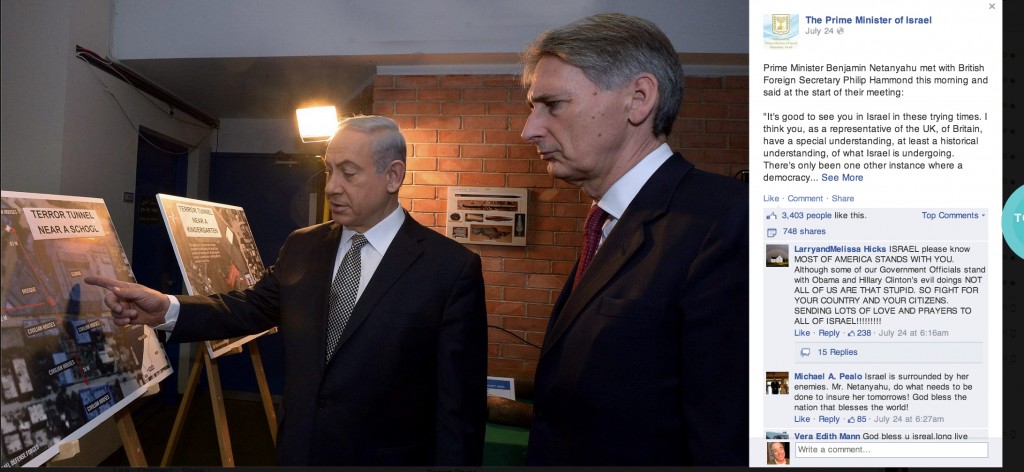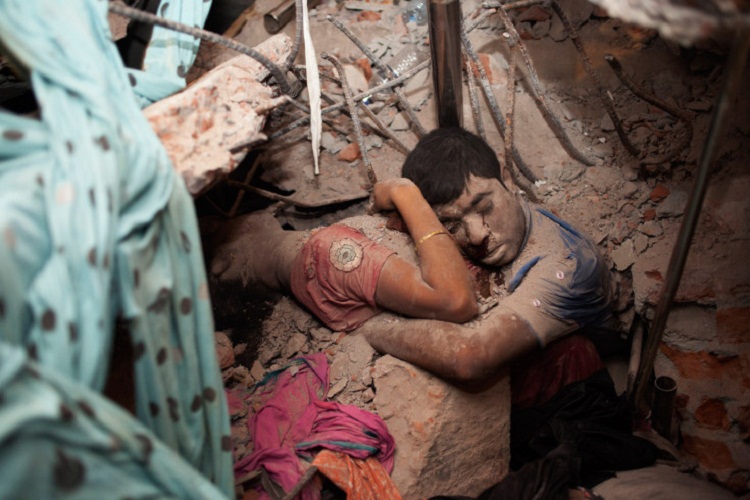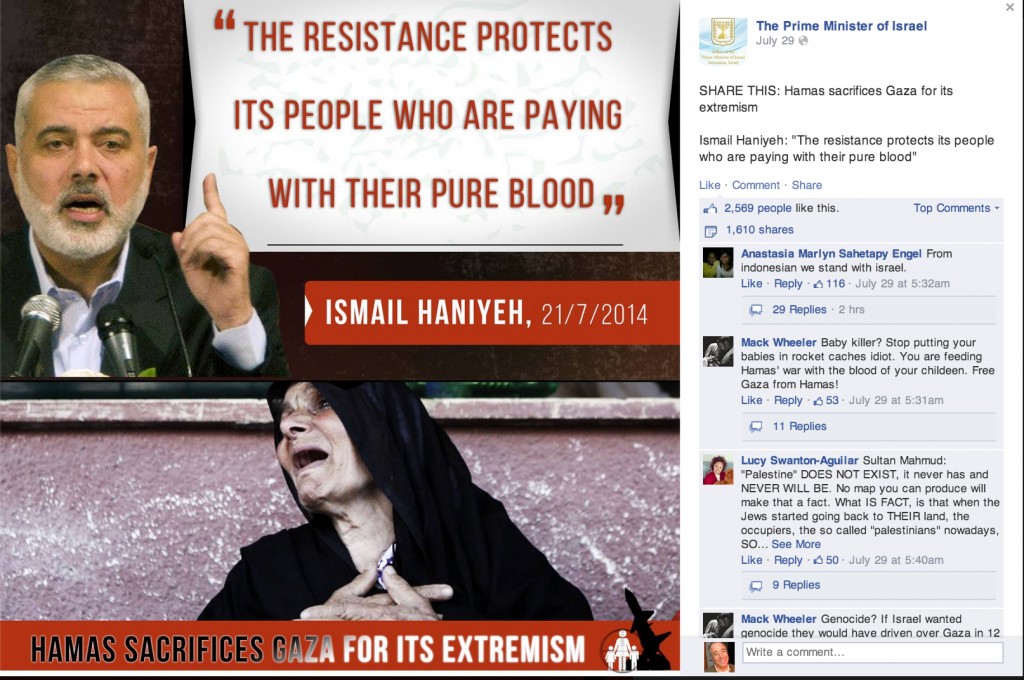In my last post, I talked about the recent Online News Association and Twitter-co-hosted meetup that explored the issue of verifying news and images that spread unchecked via social media. The topic, and the tools/techniques showcased, were put to the test the very next day with the downing of a Malaysian airline by Russian-backed separatists in eastern Ukraine.
This past week my Twitter and Facebook feeds, along with the news pages of every media organization worldwide, were awash with horrific images of Palestinian suffering reportedly at the hands of the Israeli Defense Forces (IDF). Curiously missing from the media mix were any images of Hamas terrorists firing missiles at civilian populations in Israel or the militaristic infrastructure on which Hamas spent its money in Gaza versus investing in the future of its Palestinian residents.

A recent L.A. Times slideshow of the conflict included 75 images, which prompted the Committee for Accuracy in Middle East Reporting in America (CAMERA) to observe:
“As of this writing, the collection of 75 photographs, including many by Times photographer Carolyn Cole, does not include a single photograph of anyone identified as a Hamas fighter, dead or alive. According to Times photo editors, the Israeli army and Gaza’s civilians are the only players in this conflict. Hamas literally does not have a role. (The collection is constantly being expanded.)”
There are a variety of reasons fueling this lop-sided view of this war. First, the efforts to destroy Hamas’s military infrastructure in Gaza is very visual and thus drives reader and viewership in real time. The visceral nature of the photos emanating from Gaza are made (purposely) worse by the fact that the terrorist group plants its weapons and rocket launchers under and among homes, hospitals and mosques.
Secondly, many influencers, reporters among them, are inherently biased against the state of Israel, which they erroneously equate to South Africa during Apartheid or dumbly describe as genocide.
Third, Hamas has no qualms about lying to the media by releasing factually dubious information or images that create sympathy for its real goal of wiping Israel off the map. Time Magazine reported:
“Fatality figures provided by Hamas and other groups should be viewed with suspicion. Not only do Israeli figures cast doubt on claims that the vast majority of fatalities are non-combatants, but a careful review of Palestinian sources also raises doubts.”
One conservative pundit, David Frum, jumped the gun by calling BS the dramatic image of two grieving Palestinian men covered in blood. He was compelled to post a full-throated retraction. Separately, however, the image of a deceased, frozen-in-time Sephardic-looking man embracing a child went viral on social media claiming to be the result of an IDF bombing when in fact the image was taken a year earlier during the (also propagandistic) Syrian war.
Many ppl circulating this tragic pic, claiming it’s Gaza: http://t.co/tIvZ53EgAg. It’s from Rana Plaza, Bangladesh. https://t.co/0AEUjhDtOC
— Andy Carvin (@acarvin) July 31, 2014

In fact, the BBC conducted an analysis of the images emanating from Gaza and concluded that many of them are faked. From YNet News:
“A BBC report has found that many of the photographs used to illustrate the situation in Gaza are from years ago, and even from the conflicts in Iraq and Syria.”
Frustrated by the one-sided popular view of its plight to end the attacks on its people by a terrorist organization committed to its destruction, Israel’s information arm decided to ratchet up efforts to project a true look at what was transpiring in Gaza. From the Jerusalem Post:
“Faced with nonstop pictures of death and destruction in Gaza, Israel’s National Information Directorate has launched a social media campaign showing pictures of Gaza misery under quotes by Hamas heads admitting the value and importance of human shields.”

Unlike Hamas (or Syria, Iran and Russia), the Israelis will not purposely deceive the public with knowingly false information. They may try to control the flow of info, especially when a life is at stake, but what government doesn’t?
“One official involved in the campaign explained its rationale as the belief that the only way to counteract the images of carnage beamed across the world from Gaza is by showing the world that Hamas wanted and planned that carnage, and providing the quotes to back this up.”
Given the growing animosity toward Israel, and the false moral equivalency that exists between it and Hamas, it’s unclear how this new campaign will be received. (Frankly, anything that smacks of PR tends to be viewed with suspicion.) Still, I think Israel’s intentions are earnest:
“The purpose of the campaign, the official said, is to show the context to the suffering in Gaza, and to show that Hamas is ‘sacrificing its people on the altar of its radical ideology.’ The campaign is appearing on English-language and various Arabic social media.”